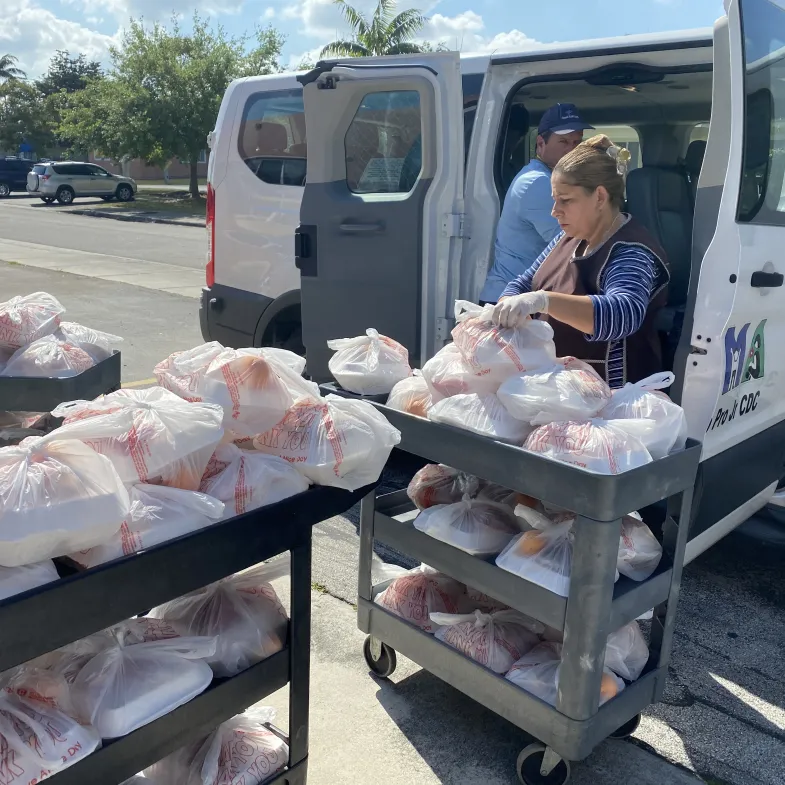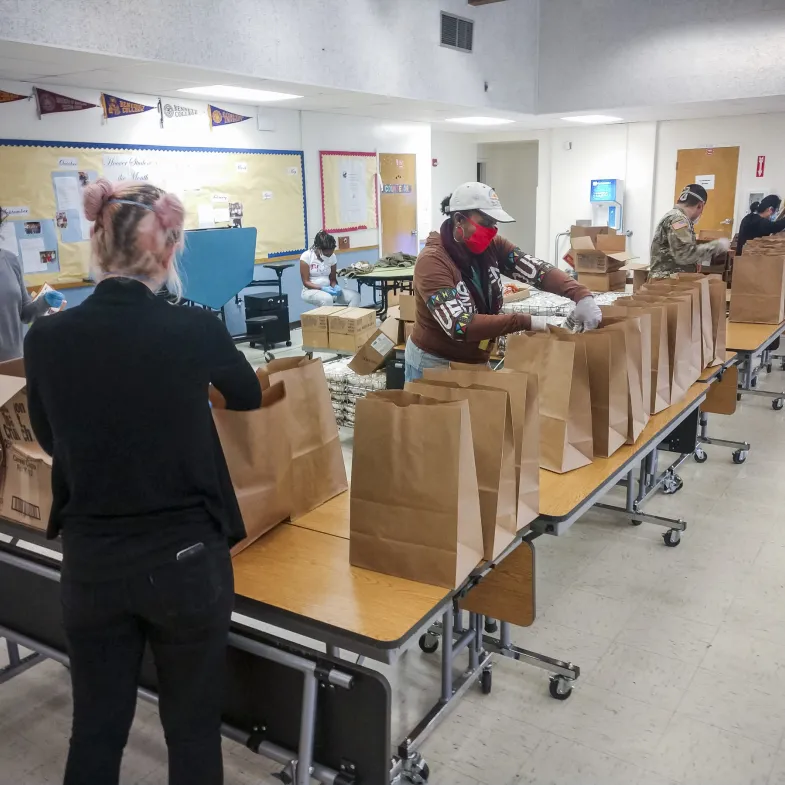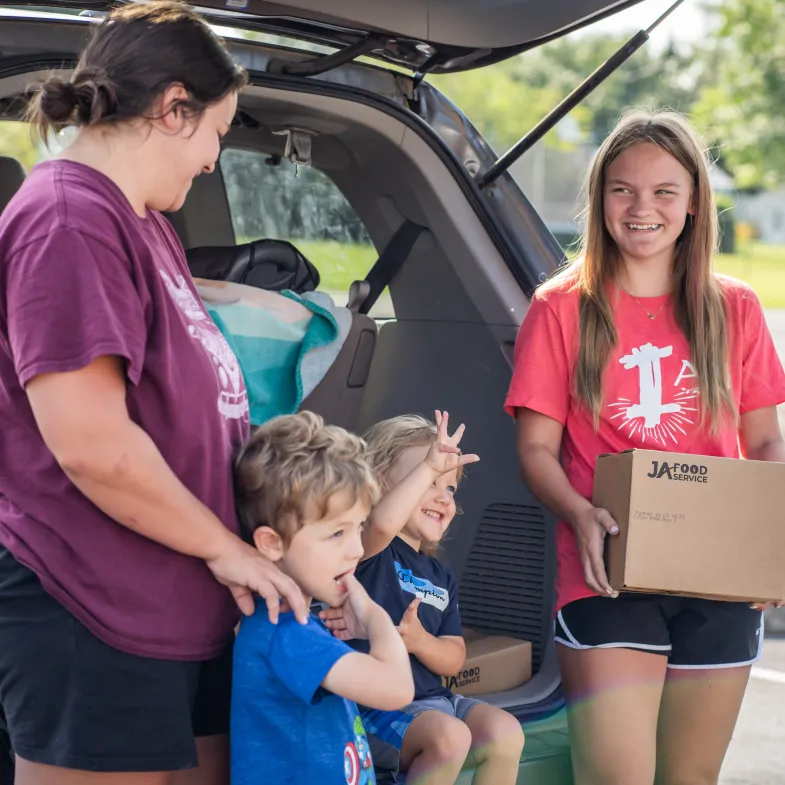We are prioritizing grant funds to:
- Communities where at least 60% of students are eligible for free and reduced-price school meals.
- Rural and urban communities where schools/school districts face unique challenges in addressing hunger.
- Communities experiencing extreme economic hardship, determined through multiple data points.
How Grant Funds are Used
A key part of No Kid Hungry’s strategy is building partnerships and supporting federal child nutrition efforts through grantmaking.
Our No Kid Hungry grants provide schools and community-based organizations with the financial support they need to ensure kids have access to the nutritious food needed to live, learn and play.
The actual food served by public schools and community programs is paid for, partly, through the fees paid by students and by the federal government, which reimburses schools for the costs of the meals they serve, as well as through donations by local food banks.
But running a successful meals program requires more than food. School cafeterias and community centers need equipment like refrigerators and coolers and funding to pay for staff and outreach materials. If a school serves breakfast in the classroom, they need carts and cooler bags to deliver the school meals.
While grant funds are not typically used to purchase food, No Kid Hungry’s goal is to provide as much flexibility as possible to grantees to support programs directly addressing childhood hunger and poverty.



